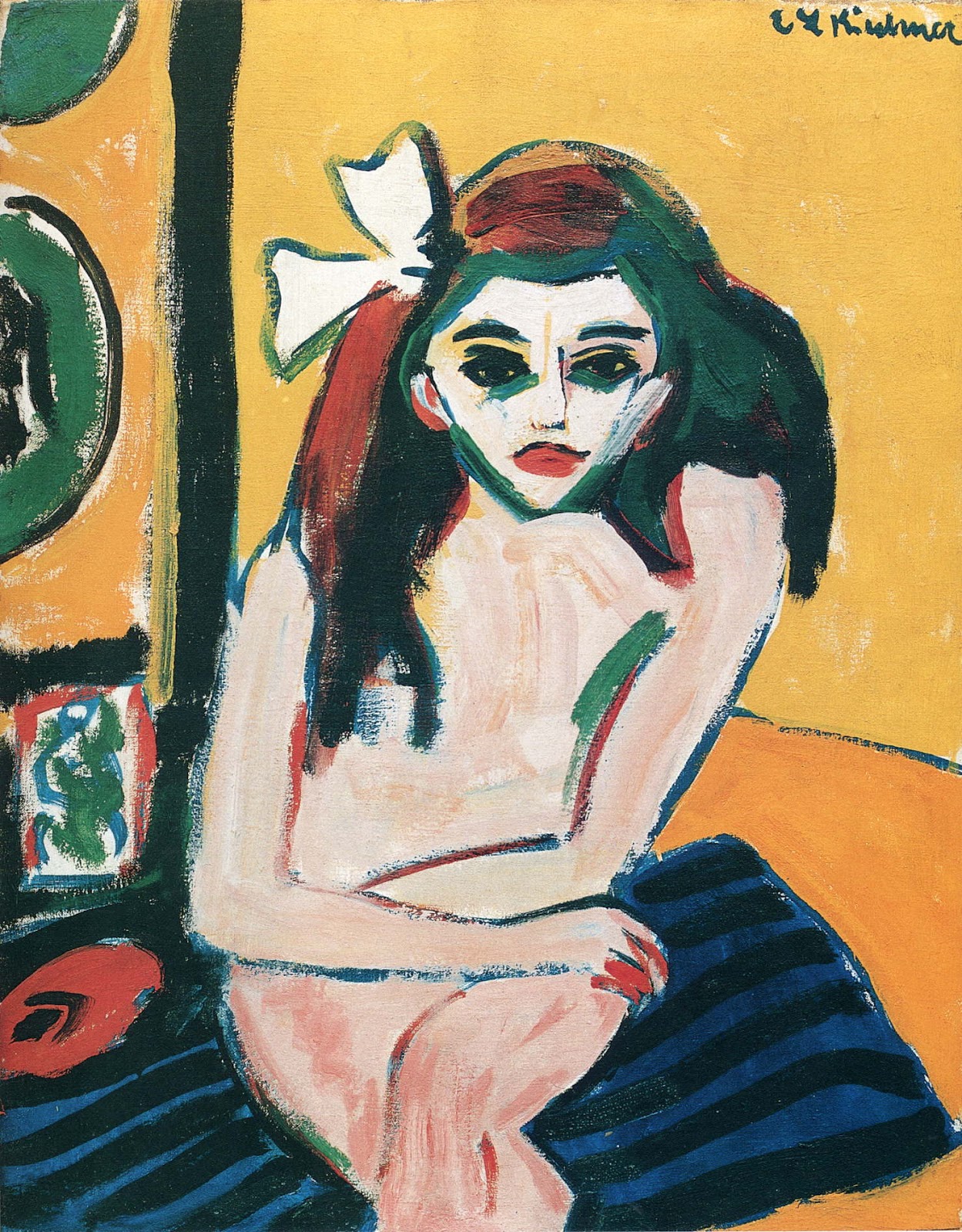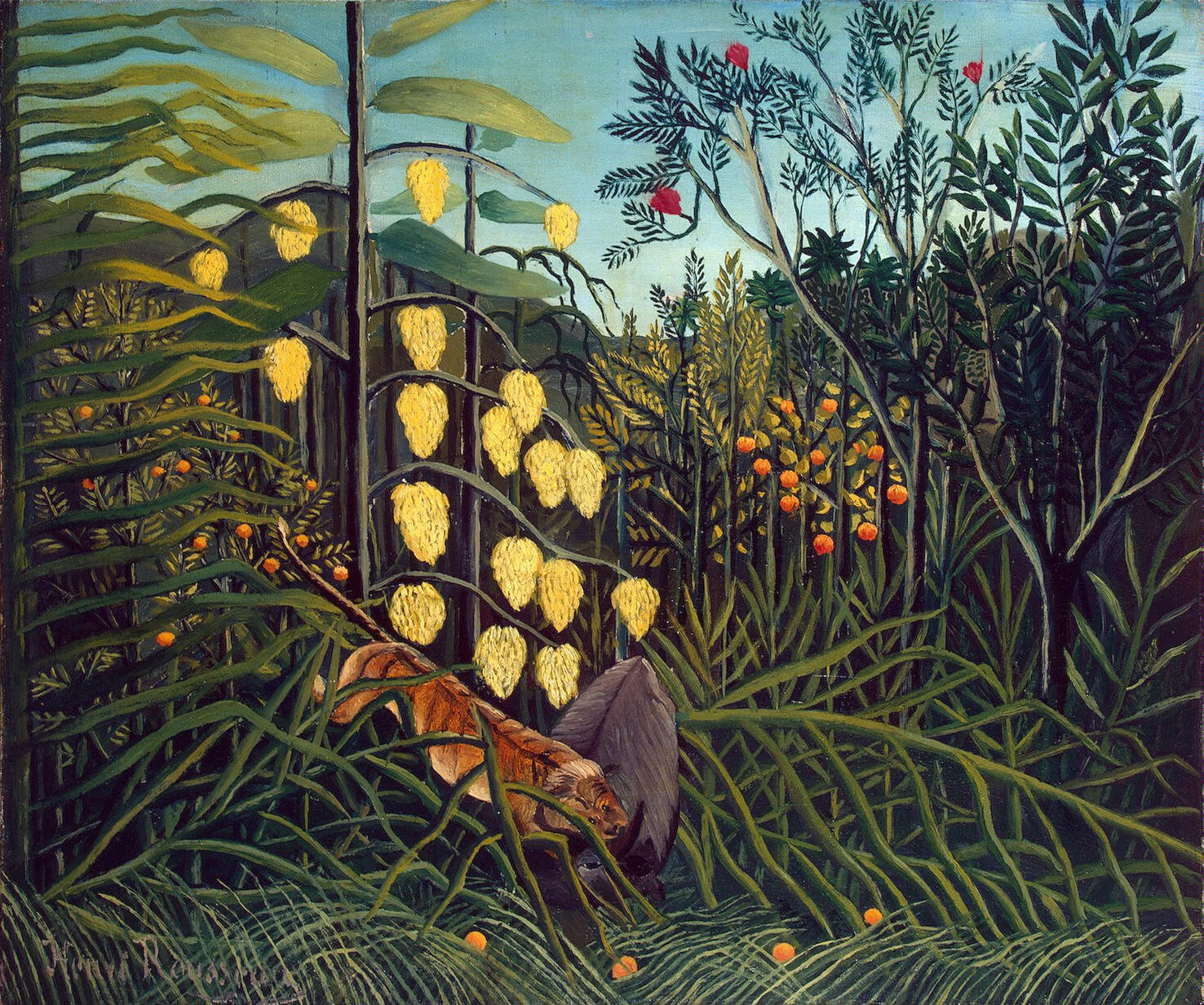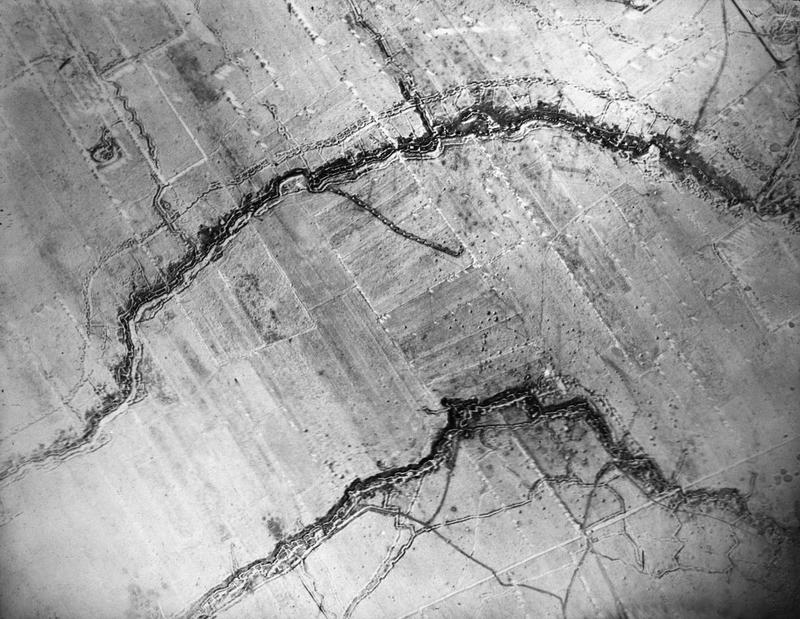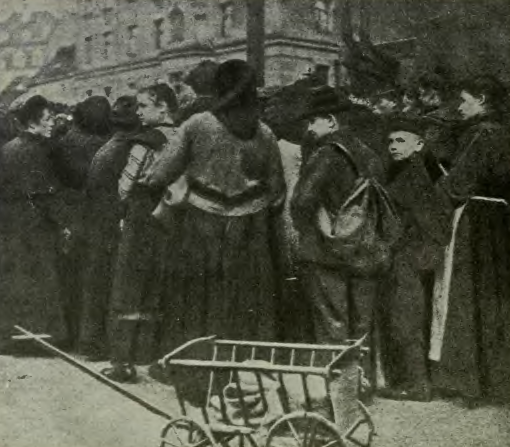|
Self-Portrait As A Soldier
''Self-Portrait as a Soldier'', or ''Selbstbildnis als Soldat'', is an Expressionist oil-on-canvas painting by the German artist Ernst Ludwig Kirchner. Kirchner created this self-depiction in 1915, following his medical discharge from military service during the First World War. The artwork measures 69 centimetres in height by 61 centimetres in width. The painting was first exhibited in the 'Städtische Galerie' in Germany between 1916 and 1919 and currently resides at the Allen Memorial Art Museum in Ohio USA. Critical interpretations of the painting attribute its stark Expressionist style and myriad of symbolic elements to the socio-political turbulence of Germany during the First World War. ''Self Portrait as a Soldier'' may be viewed as testimony to Kirchner's volatile mental and physical health and as a critique of the chaotic instability of Germany during the early 20th century. Subject matter Self Portrait as a Soldier depicts Kirchner as a gaunt and utilitarian soldi ... [...More Info...] [...Related Items...] OR: [Wikipedia] [Google] [Baidu] |
Ernst Ludwig Kirchner
Ernst Ludwig Kirchner (6 May 1880 – 15 June 1938) was a German expressionist painter and printmaker and one of the founders of the artists group Die Brücke or "The Bridge", a key group leading to the foundation of Expressionism in 20th-century art. He volunteered for army service in the First World War, but soon suffered a breakdown and was discharged. His work was branded as "degenerate" by the Nazis in 1933, and in 1937 more than 600 of his works were sold or destroyed."Ernst Ludwig Kirchner: German, 1880–1938" . |
Belgium
Belgium, ; french: Belgique ; german: Belgien officially the Kingdom of Belgium, is a country in Northwestern Europe. The country is bordered by the Netherlands to the north, Germany to the east, Luxembourg to the southeast, France to the southwest, and the North Sea to the northwest. It covers an area of and has a population of more than 11.5 million, making it the 22nd most densely populated country in the world and the 6th most densely populated country in Europe, with a density of . Belgium is part of an area known as the Low Countries, historically a somewhat larger region than the Benelux group of states, as it also included parts of northern France. The capital and largest city is Brussels; other major cities are Antwerp, Ghent, Charleroi, Liège, Bruges, Namur, and Leuven. Belgium is a sovereign state and a federal constitutional monarchy with a parliamentary system. Its institutional organization is complex and is structured on both regional ... [...More Info...] [...Related Items...] OR: [Wikipedia] [Google] [Baidu] |
Primitivism
Primitivism is a mode of aesthetic idealization that either emulates or aspires to recreate a "primitive" experience. It is also defined as a philosophical doctrine that considers "primitive" peoples as nobler than civilized peoples and was an offshoot of nostalgia for a lost Eden or Golden Age. In Western art, primitivism typically has borrowed from non-Western or prehistoric people perceived to be "primitive", such as Paul Gauguin's inclusion of Tahitian motifs in paintings and ceramics. Borrowings from "primitive" or non-Western art have been important to the development of modern art. Primitivism has often been critiqued for reproducing the racist stereotypes about non-European peoples used by Europeans to justify colonial conquest. The term "primitivism" is often applied to the painting styles that pervaded prior to the Avant-garde. It also refers to the style of naïve or folk art produced by amateurs like Henri Rousseau without commercial intent and solely for the purp ... [...More Info...] [...Related Items...] OR: [Wikipedia] [Google] [Baidu] |
Paintbrush
A paintbrush is a brush used to apply paint or ink. A paintbrush is usually made by clamping bristles to a handle with a ferrule. They are available in various sizes, shapes, and materials. Thicker ones are used for filling in, and thinner ones are used for details. They may be subdivided into decorators' brushes used for painting and decorating and artists' brushes use for visual art. History Paintbrushes were used by man as early as the Paleolithic era in around 2.5 million years ago in order to apply pigment. Ancient Egyptian paintbrushes were made of split palm leaves and used by ancestors to beautify their surroundings. The oldest brushes ever found were also made of animal hair. Brush parts * Bristles: Transfer paint onto the substrate surface * Ferrule: Retains the bristles and attaches them to the handle * Handle: The intended interface between the user and the tool Trade painter's brushes Brushes for use in non-artistic trade painting are geared to appl ... [...More Info...] [...Related Items...] OR: [Wikipedia] [Google] [Baidu] |
Close Up Upon Nude Figure Behind Military Kirchner
Close may refer to: Music * ''Close'' (Kim Wilde album), 1988 * ''Close'' (Marvin Sapp album), 2017 * ''Close'' (Sean Bonniwell album), 1969 * "Close" (Sub Focus song), 2014 * "Close" (Nick Jonas song), 2016 * "Close" (Rae Sremmurd song), 2018 * "Close" (Jade Eagleson song), 2020 * "Close (to the Edit)", a 1984 song by Art of Noise * "Close", song by Aaron Lines from ''Living Out Loud'' * "Close", song by Drumsound & Bassline Smith from ''Wall of Sound'' * "Close", song by Rascal Flatts from ''Unstoppable'' * "Close", song by Soul Asylum from ''Candy from a Stranger'' * "Close", song by Westlife from '' Coast to Coast'' * "Close", song by French electronic group Telepopmusik and English vocalist Deborah Anderson, from their album ''Angel Milk'' Other uses * Close (surname) * Cathedral close, the area surrounding a cathedral, typically occupied by buildings associated with it * ''Close'' (2019 film), an action thriller * ''Close'' (2022 film), a Belgian drama film * Close, ... [...More Info...] [...Related Items...] OR: [Wikipedia] [Google] [Baidu] |
Close-up Perspectives Of 'Self-Portrait Of A Soldier' For Visual Analysis
A close-up or closeup in filmmaking, television production, photography, still photography, and the comic strip medium is a type of shot (filmmaking), shot that tightly film frame, frames a person or object. Close-ups are one of the standard shots used regularly with medium and long shots (cinematic techniques). Close-ups display the most detail, but they do not include the broader scene. Moving toward or away from a close-up is a common type of zooming (filmmaking), zooming. A close up is taken from head to neck, giving the viewer a detailed view of the subject's face. History Most early filmmakers, such as Thomas Edison, Auguste and Louis Lumière and Georges Méliès, tended not to use close-ups and preferred to frame their subjects in long shots, similar to the stage. Film historians disagree as to the filmmaker who first used a close-up. One of the best claims is for George Albert Smith (film pioneer), George Albert Smith in Hove, who used medium close-ups in films as earl ... [...More Info...] [...Related Items...] OR: [Wikipedia] [Google] [Baidu] |
Addiction
Addiction is a neuropsychological disorder characterized by a persistent and intense urge to engage in certain behaviors, one of which is the usage of a drug, despite substantial harm and other negative consequences. Repetitive drug use often alters brain function in ways that perpetuate craving, and weakens (but does not completely negate) self-control. This phenomenon – drugs reshaping brain function – has led to an understanding of addiction as a brain disorder with a complex variety of psychosocial as well as neurobiological (and thus involuntary) factors that are implicated in addiction's development. Classic signs of addiction include compulsive engagement in rewarding stimuli, ''preoccupation'' with substances or behavior, and continued use despite negative consequences. Habits and patterns associated with addiction are typically characterized by immediate gratification (short-term reward), coupled with delayed deleterious effects (long-term costs). Exampl ... [...More Info...] [...Related Items...] OR: [Wikipedia] [Google] [Baidu] |
Post-traumatic Stress Disorder
Post-traumatic stress disorder (PTSD) is a mental and behavioral disorder that can develop because of exposure to a traumatic event, such as sexual assault, warfare, traffic collisions, child abuse, domestic violence, or other threats on a person's life. Symptoms may include disturbing thoughts, feelings, or dreams related to the events, mental or physical distress to trauma-related cues, attempts to avoid trauma-related cues, alterations in the way a person thinks and feels, and an increase in the fight-or-flight response. These symptoms last for more than a month after the event. Young children are less likely to show distress but instead may express their memories through play. A person with PTSD is at a higher risk of suicide and intentional self-harm. Most people who experience traumatic events do not develop PTSD. People who experience interpersonal violence such as rape, other sexual assaults, being kidnapped, stalking, physical abuse by an intimate partner, a ... [...More Info...] [...Related Items...] OR: [Wikipedia] [Google] [Baidu] |
Trench Warfare
Trench warfare is a type of land warfare using occupied lines largely comprising Trench#Military engineering, military trenches, in which troops are well-protected from the enemy's small arms fire and are substantially sheltered from artillery. Trench warfare became archetypically associated with World War I (1914–1918), when the Race to the Sea rapidly expanded trench use on the Western Front (World War I), Western Front starting in September 1914.. Trench warfare proliferated when a Weapons of World War I, revolution in firepower was not matched by similar advances in mobility (military), mobility, resulting in a grueling form of warfare in which the defender held the advantage. On the Western Front in 1914–1918, both sides constructed elaborate trench, underground, and dugout systems opposing each other along a front (military), front, protected from assault by barbed wire. The area between opposing trench lines (known as "no man's land") was fully exposed to artillery ... [...More Info...] [...Related Items...] OR: [Wikipedia] [Google] [Baidu] |
Blockade
A blockade is the act of actively preventing a country or region from receiving or sending out food, supplies, weapons, or communications, and sometimes people, by military force. A blockade differs from an embargo or sanction, which are legal barriers to trade rather than physical barriers. It is also distinct from a siege in that a blockade is usually directed at an entire country or region, rather than a fortress or city and the objective may not always be to conquer the area. While most blockades historically took place at sea, blockades are also used on land to prevent entrance of an area. For example, Armenia is a landlocked country that Turkey and Azerbaijan blockade. Thus, Armenia cannot conduct international trade through those countries, and mainly trades through Georgia. This restricts the country's economic development. A blockading power can seek to cut off all maritime transport from and to the blockaded country; although stopping all land transp ... [...More Info...] [...Related Items...] OR: [Wikipedia] [Google] [Baidu] |
Blockade Of Germany (1914–1919)
The Blockade of Germany, or the Blockade of Europe, occurred from 1914 to 1919. The prolonged naval blockade was conducted by the Allies during and after World War I in an effort to restrict the maritime supply of goods to the Central Powers, which included Germany, Austria-Hungary, and the Ottoman Empire. The blockade is considered one of the key elements in the eventual Allied victory in the war. In December 1918, the German Board of Public Health claimed that 763,000 German civilians had already died from starvation and disease caused by the blockade.C. Paul Vincent, ''The Politics of Hunger: the Allied Blockade of Germany, 1915–1919''. Athens, Ohio: Ohio University Press, 1985. p. 141 An academic study done in 1928 put the death toll at 424,000. An additional 100,000 people may have died during the post-armistice continuation of the blockade in 1919. Both Germany and the United Kingdom relied heavily on imports to feed their population and supply their war industry. Imports ... [...More Info...] [...Related Items...] OR: [Wikipedia] [Google] [Baidu] |
Standard Of Living
Standard of living is the level of income, comforts and services available, generally applied to a society or location, rather than to an individual. Standard of living is relevant because it is considered to contribute to an individual's quality of life. Standard of living is generally concerned with objective metrics outside an individual's personal control, such as economic, societal, political and environmental matters – such things that an individual might consider when evaluating where to live in the world, or when assessing the success of economic policy. In international law, an "adequate standard of living" was first described in the Universal Declaration of Human Rights and further described in the International Covenant on Economic, Social and Cultural Rights. To evaluate the impact of policy for sustainable development, different disciplines have defined Decent Living Standards in order to evaluate or compare relative living experience. During much of its use in ... [...More Info...] [...Related Items...] OR: [Wikipedia] [Google] [Baidu] |



_(cropped).jpg)
.jpg)


